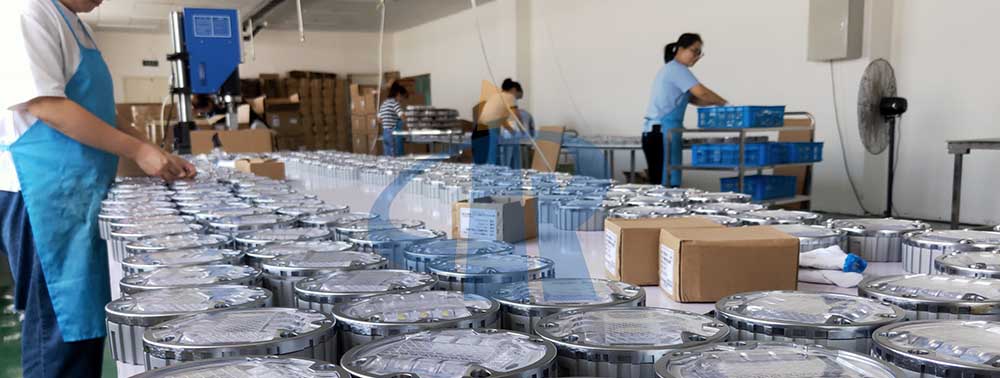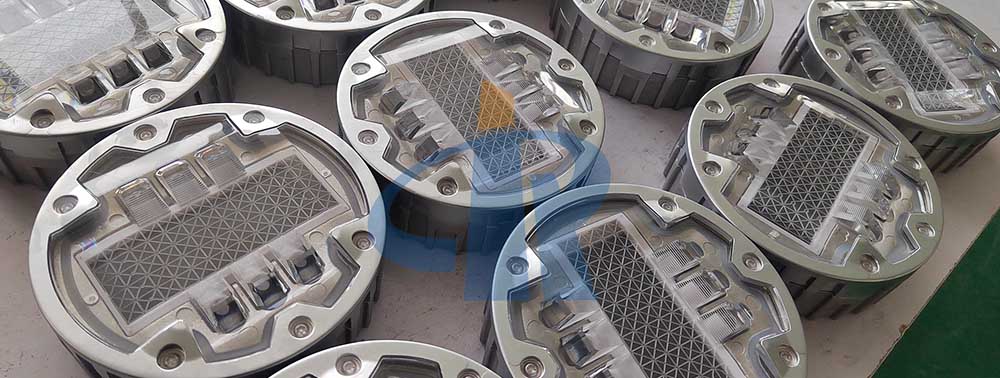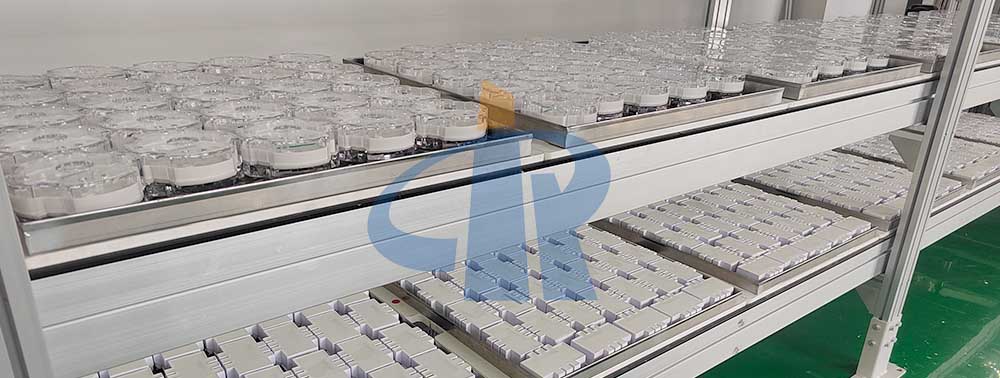1.
Road Studs are installed on the marking line. The marking line is also a resin material, which itself is attached to the ground, and its connection force with the ground has a certain limit. If the Road Studs are installed on the reticle, the impact force of the Road Studs is completely transferred to the reticle, so that the
Road Studs are easily impacted off, and the reticle will also be glued off.
2. The installation position of
Road Studs is not flat. The direct consequence of this is the uneven force on the
Road Studs, and the pressure on the
Road Studs is almost concentrated on the convex and concave parts.
Road Studs are prone to breakage if they encounter a large tonnage vehicle.

3. The installation location of
Road Studs is not clean. The firmness of
Road Studs depends on the tight bonding of
Road Studs, glue and ground. If the installation position is not clean, the dust in the middle will absorb most of the adhesive force of the glue, resulting in the poor adhesion of the
Road Studs, which will easily fall off when subjected to external impact.
4. The amount of glue is not enough or the amount is too much. Insufficient dosage will reduce the firmness of
Road Studs bonding and shorten its service life; if the dosage is too large, excess glue will seep out from around the
Road Studs, and it is easy to wipe it on the
Road Studs reflective sheet, affecting its reflective brightness.
5. The glue is not applied evenly. When installing
Road Studs, the glue should not only be used in a moderate amount, but also applied evenly, so as to ensure that the force of each part of the
road stud is uniform and avoid being crushed due to uneven force.

6. The ambient temperature is not enough when the epoxy resin glue is prepared. Epoxy resin glue is a two-component glue. The glue and curing agent must be proportioned according to a certain ratio, and can only be effective after stirring evenly. However, since the epoxy resin glue condenses more strongly in low temperature weather in winter, it is not easy to stir evenly, so it must be heated before use to soften the glue before use.
7. The
Road Studs method is unscientific. When holding the Road Studs, be sure to hold the two sides without the reflector, so as to avoid the glue sticking to the reflector and affecting the reflective brightness of the reflector.
8. The installation holes of
Road Studs are shallow and thin. This is mainly for Cast Aluminum Road Studs with feet. Cast aluminum
Road Studs with feet have better impact resistance, compression resistance and longer service life because of their partial penetration into the ground. However, during the installation process, if the holes are too shallow or too thin, the bottom surface of the
Road Studs cannot fully contact the ground, which affects the firmness of the bonding.

9. The glue does not have enough time to cure after installation. After the
Road Studs are installed, the glue needs a period of time to solidify to connect the
Road Studs to the ground tightly. During this time, the author recommends 4 hours. However, in the actual process, many people remove the installation isolation facilities within two hours after installation; in this case, if the
Road Studs are impacted and rolled by vehicles, the light ones will be deformed, and the heavy ones will fall off.


